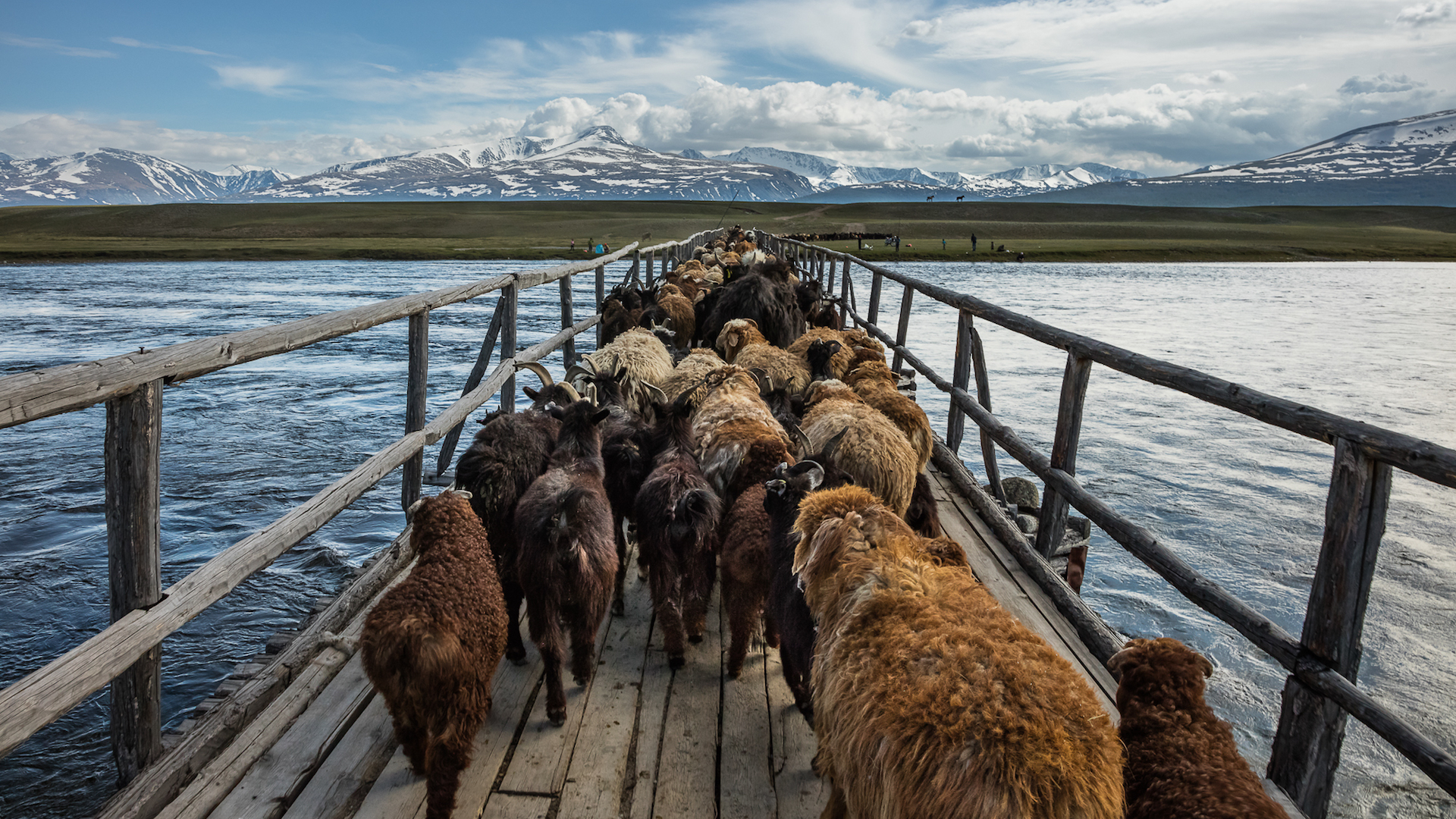

Researchers at Virginia Tech’s College of Agriculture and Life Sciences have been studying the effects of drones on a variety of agricultural implementation, such as microbe analysis, and indeed, how drones affect the behavior of actual livestock such as sheep. According to Farmer’s Weekly, the evidence gathered seems to support the notion that sheep are largely undeterred from their regular patterns of behavior by nearby drones. Though some individual sheep may be put off at first by the unexpected presence of a whirring, aerial shepherd, adaptation occurs quickly and standard behavior resumes.
We’ve been noticing the encroachment of drone technology on the agriagricultural industrycultural industry for quite some time now, with hobby drone companies such as Parrot developing unmanned aerial vehicles specifically for farming purposes, as well as a general overview of how these tools have influenced the industry so far. According to project associate for Virginia Cooperative Extension, Dan Swafford, it only makes sense to utilize the affordable, practical tool for monitoring livestock and conditions on farmland. “Farms could use drones as a ‘check-on’ tool to ensure sheep are where they are supposed to be,” he said. “Drones can help farmers gain quick access to see if an animal is in need or injured, (or) to examine if a ewe has delivered a lamb.”
Swafford is working alongside Andrew Weaver who is now a doctoral student at West Virginia University with a pilot’s license and has past experience in studying sheep. The pair reportedly flew a camera-drone over a flock of sheep at varying heights from 23 meters to 3 meters, capturing the animals’ reactions below. The results largely pointed toward indifference on the sheep’s part, with some walking away, a few looking at the drone, and the rest ignoring the device. “We kept a scoring system to see how flighty the sheep were,” said Weaver. “They learned that it was OK, and with regular flying they got used to it.” Most importantly, the animals seemed to forget about the drone entirely upon regular exposure to it, pointing toward rapid acclimation.
While this may not appear to be the most scientific of research experiments, it’s certainly in line with the expectations many of us familiar with drones would have. With planes flying overhead, cars passing nearby, and farm machinery filling the ears and eyes of these animals already, it seems fairly logical to expect UAVs not to have much of a negative impact on these individual animals. However, far more thorough, all-encompassing studies can and should be made in this department as there are always factors and variables left by the wayside when conducting a study that includes a simplistic “scoring card.” Not to impugn the methods here, but it’s interesting to process these finds and ponder the implications and we’re just all eager to know more.